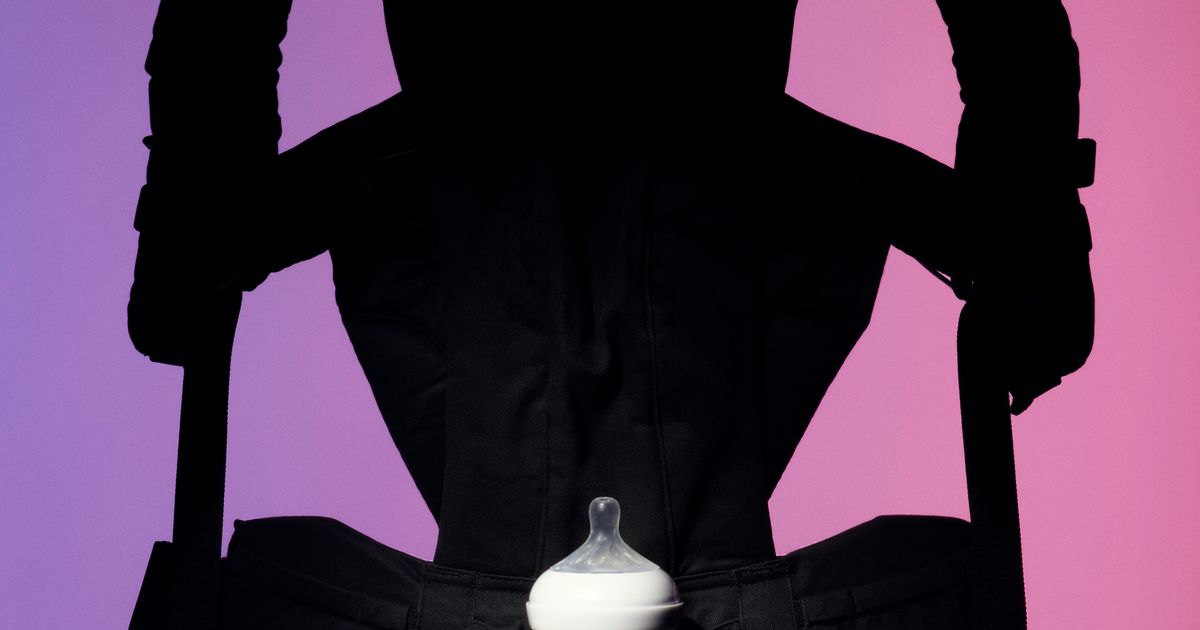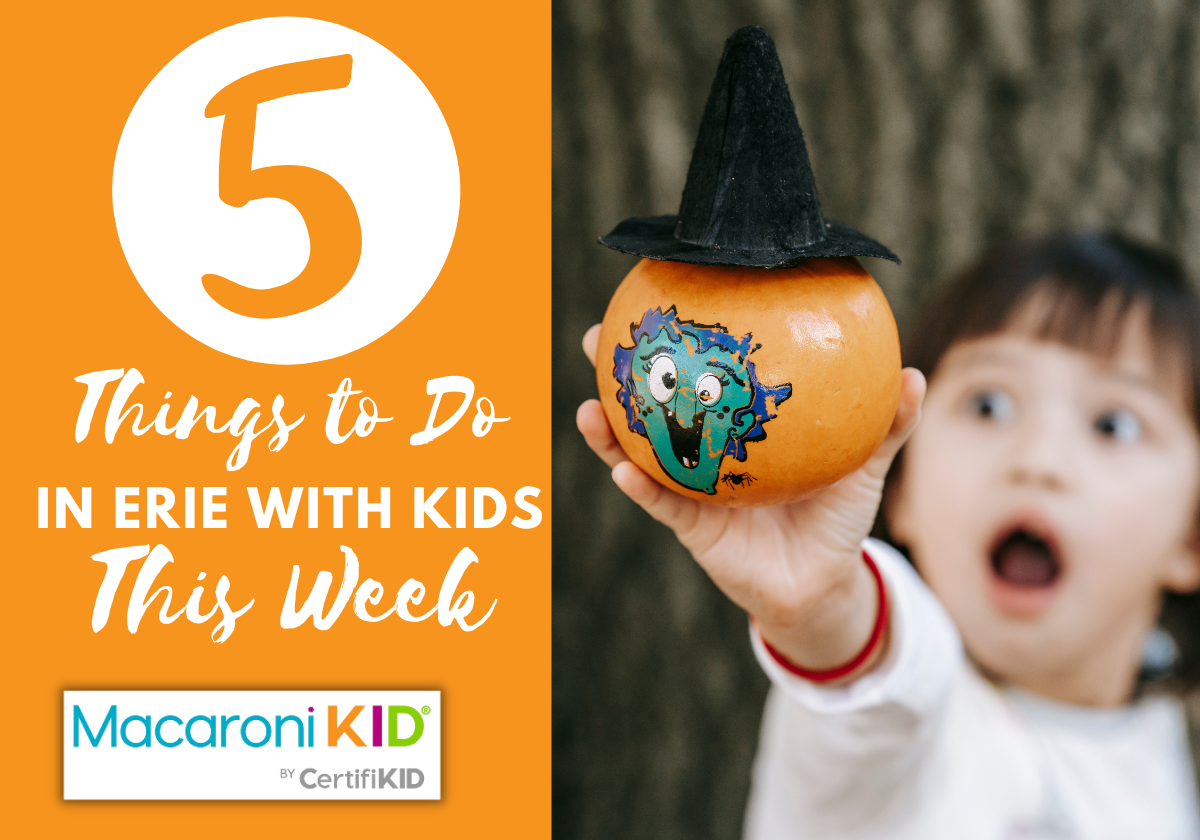How to Make Your Own Baby Food and Save a Fortune!
Baby in a highchair, mom in front with a small spoon and a jar of baby food. It looks like something right out of a parenting magazine, and it's a scene that is played out several times a day in the majority of homes with small babies. Unfortunately, it's also a powerful marketing image that can cost a family a great deal of money in the long run.
The Convenience Factor
Most parents would say the main reason for using commercial jarred baby food is the convenience aspect. After all, with the busy lifestyle many of us have today, no one has time to specially prepare a meal for each member of the family. It doesn't have to be a special event to create your own baby food, however. Baby can usually eat what the rest of the family is eating with very little special preparation.
Good Nutrition
Everyone worries about proper nutrition for growing babies. Iron, calcium, and vitamin D - all of these things are legitimate concerns in children's nutrition. However, fortified and processed foods aren't necessarily better than whole foods. Homemade baby food, created from fresh ingredients, offers your child superior nutrition as well as encourages a taste for simple, unprocessed foods - a taste that will possibly prevent obesity-related problems later in life. It's not necessary to offer commercial baby foods in order to have a healthy child.
Economics
Why pay more for an inferior product? Beginning baby food often runs between forty and seventy cents for two ounces. It's entirely possible to purchase half a pound of produce for the same amount, and baby will reap the benefits of eating fresh, nutritious food. Buying produce in bulk can result in even more savings, and even frozen produce is preferable to what you find in the jars.
Getting Started
It's important to know when baby is actually ready for solids. Introducing solids too early can lead to an increased likelihood of food intolerances and food allergies. Most medical associations agree that starting solids around six months of age is ideal, and many people find delaying solids for allergy-prone babies is even better. Signs of readiness for solids include:
- Increased nursing for more than a few days, which is unrelated to illness or teething, or, if baby is fed artificial baby milk, consuming more than 32 ounces daily.
- Ability to sit up unsupported.
- Absence of the tongue-thrust reflex. This life-saving reflex causes babies to push foreign objects (in this case, solid foods) out of their mouths to avoid choking.
- Ability to pick foods up and place in mouth independently (or development of the pincer grasp).
What About Allergies?
Experts recommend introducing new foods between three days and a week apart. This helps parents and caregivers identify signs of a food allergy or intolerance. Common signs of food allergy/intolerance are:
- Increased bloating and gassiness, painful discomfort.
- Sandpaper-like raised rash on face, often where the offending food made contact with skin.
- Runny nose and watery eyes.
- Diarrhea or mucous in the stools. Blood in the stool can also be an indicator of a food allergy, usually dairy or soy.
- Red rash around anus, or an unusual diaper rash.
- Vomiting or increased spit up with discomfort.
Ideally, it is best to introduce foods that are less likely to produce an allergic reaction in baby. Avoiding foods such as egg whites, certain nuts such as peanuts, cow's milk, corn, wheat, and some berries such as strawberries is recommended, as they are more likely to cause reactions. Instead, start with foods that are easier on baby's system. Some good ideas include:
- Apples
- Bananas
- Peaches
- Pears
- Carrots
- Squash
- Sweet potatoes
- Asparagus
- Oats
- Barley
- Brown rice
Tools of the Trade
Fancy equipment isn't necessary to make healthy food for your baby. Things that might be helpful include a blender, a food mill, a steamer basket and ice cube trays if you want to freeze small portions. Most people have blenders already in their kitchens, and a food mill (or baby grinder) isn't necessary if you have a good blender or food processor. Steamer baskets can be found in most grocery stores for only a few dollars, and fit easily into saucepans. Many beginner foods require nothing more than a small pan and a fork.
Sequencing
Many doctors recommend starting your baby on rice cereal first. Many parents find, however, that fruits go over better for beginning eaters. It is a myth that babies will prefer sweet things if they are given fruits first - nature's first food, breast milk, is naturally sweet, and that is what baby is accustomed to. Banana is a wonderful first food, as its creamy consistency is similar to mother's milk. After introducing banana, try another fruit or vegetable. Continue adding fruits and vegetables until baby has a wide variety of tastes. Then consider adding whole grains in the form of cereal. Many whole grains have naturally occurring iron, so there is no need to supplement baby's iron unless there is a medical indication for doing so. Brown rice, oats, and barley are all good choices. Next, introduce a meat or poultry such as beef or chicken.
If you are a vegetarian, introduce another protein source such as tofu or lentils. As time goes on, introduce a combination of tastes, such as cereal mixed with applesauce or peas and carrots. This is also a great time to introduce finger foods, especially if baby has teeth. As baby learns to self-feed, you can move away from making purees and offer small baby-sized portions of the family meal.
Getting Started
Bananas make an ideal food for a baby starting solids. To serve, let bananas ripen well (the more ripe, the better - brown spots are desirable), cut into small chunks and mash with a fork. Pears are an excellent source of fiber and can be cooked like apples: peel and cut into chunks. Place in small saucepan and just cover with water. Cook until tender. These can then be mashed with a fork, run through a food mill, processed in a blender or food processor. They can also be offered as finger food if they are cut into small enough chunks. Carrots, another popular first food, should be scraped with a vegetable peeler, sliced and steamed or boiled until soft. Process in blender or food mill. Carrots can be a choking hazard for children, so do use caution if offering as a finger food.
Sweet potatoes are extremely easy to make, and one potato can last a long time if frozen after cooking. Place sweet potato in a microwave for about eight minutes, remove and let cool. Open up and serve right out of the peel - the potato is very soft and needs no further processing. Sweet potatoes are an excellent source of B6.
Winter squash such as acorn or butternut makes an excellent first food. Cut squash in half and clean. Place in one half inch of water in a baking pan and bake at three hundred and fifty degrees for half an hour. Use a spoon to scoop out squash and feed directly to baby.
Avocadoes are an extremely nutrient dense food and offers important vitamins and minerals such as iron and potassium. Cut avocado in half around the pit, grab each half and give it a twist. Scoop out meat and mash or dice.
Making cereal for baby is very easy. Take a cup of the whole grain if your choice such as brown rice, oats, or barley and process in the blender until the desired consistency is reached, usually about two minutes for very young babies. Store in an airtight container. To cook, mix with liquid of your choice and heat over medium heat on stove until thick.
Enjoyment
Enjoy this fun stage in baby's development, and rest assured that baby is getting superior nutrition and developing good eating habits which will last a lifetime!


:max_bytes(150000):strip_icc():focal(517x307:519x309)/Nick-Cannon-2c5c73f8ae634c4b867c1a4da64b0017.jpg)
:max_bytes(150000):strip_icc():focal(999x0:1001x2)/nicole-kidman-7eaad835dd7149f5b960e3591f9b6e3b.jpg)

:max_bytes(150000):strip_icc():focal(729x207:731x209)/_Brittany-Mahomes-101924-81ed421242894782a36d451d65071bc0.jpg)




:max_bytes(150000):strip_icc():focal(999x0:1001x2)/katey-sagal-kids-jackson-4-b7a6a73c6cc3442591f11415c686fc0d.jpg)








